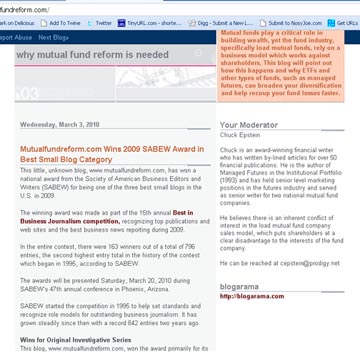DUBLIN, 1-Mar-2024 — /EPR FINANCIAL NEWS/ — Monesave, a trailblazer in the social fintech space, proudly unveils its latest innovation: Anonymous Budget Benchmarking. This ground breaking feature empowers users not only to craft personalised budgets but also to compare their progress anonymously with peers, transforming the landscape of financial management.
In today’s digital age, managing finances can often feel like a solitary journey. Traditional budgeting methods, such as pen and paper or generic budgeting apps, fail to address the emotional aspect of financial management.
Recognising the loneliness inherent in traditional budgeting practices, Monesave set out to create a solution that goes beyond mere number crunching. With its empathetic Budgeting App, Monesave provides users with a supportive environment where they can connect with like-minded individuals, share their budgets, investment ideas, and receive encouragement along their financial journey.
“Budgeting shouldn’t be a solitary task,†emphasises Patrick Enin, co-founder and CEO of Monesave. “We understand the emotional toll that financial management can take, especially for those facing unique challenges. That’s why we’ve built a platform that not only helps users manage their finances but also provides a sense of belonging and community.â€
Monesave’s Budgeting App reimagines the traditional budgeting experience by offering features tailored to address the emotional needs of users. Through interactive forums, support groups, and personalised guidance, Monesave creates a virtual support network where users can find solace in knowing that they’re not alone in their financial struggles.
“We want our users to feel empowered and supported every step of the way,†adds Sanjay Sikdar. “By fostering a sense of community and empathy, we’re breaking down the barriers to financial success and creating a more inclusive space for everyone.â€
In addition to its social approach, Monesave’s Budgeting App offers practical tools and resources to help users achieve their financial goals. From customisable budgets to intuitive savings plans, Monesave equips users with the tools they need to take control of their finances with confidence. Imagine a budgeting community on reddit but from with the ability to actually form groups and invest directly from the Monesave App.
Moreover, Monesave’s Budgeting App encourages collaboration through its Group Savings feature, allowing users to pool resources and work towards common financial objectives. Whether it’s saving for a rainy day fund or planning for a shared expense, Monesave empowers users to achieve their goals collectively, strengthening bonds and fostering a sense of camaraderie.
“We believe in the power of collective action,†states Patrick. “By bringing people together, we can accomplish more than we ever could alone. With Monesave, users can leverage the support of their community to overcome financial challenges and build a brighter future.â€
Moreover, Monesave’s Budgeting App fosters a vibrant Budgeting & Savings Community where users can share insights, tips, and strategies for effective money management. Through interactive forums and social features, members can invest in Crypto, challenge each other to save more with positive peer pressure, and get cash rewards on the app.
As part of its commitment to innovation, Monesave is exploring opportunities in Crypto Trading to provide users with additional avenues for wealth accumulation and diversification. By integrating cryptocurrency functionalities into its platform, Monesave aims to cater to the evolving needs of its tech-savvy user base while maintaining its focus on community and empathy.
For more information about Monesave and its Socialised Budgeting App, please visit [www.monesave.com]. Join the Monesave community who share a passion about Savings & Budgeting.
About Monesave:
Monesave is a pioneering company founded by two ex-bankers from minority background who are passionate about revolutionizing bringing a social and community touch to personal finance. Through its innovative Budgeting & Savings App, Monesave empowers users to take control of their finances, gain valuable insights from their peers, and get rewarded. With a focus on transparency, accountability, and community, Monesave is reshaping the future of financial management.
SOURCE: EuropaWire

















